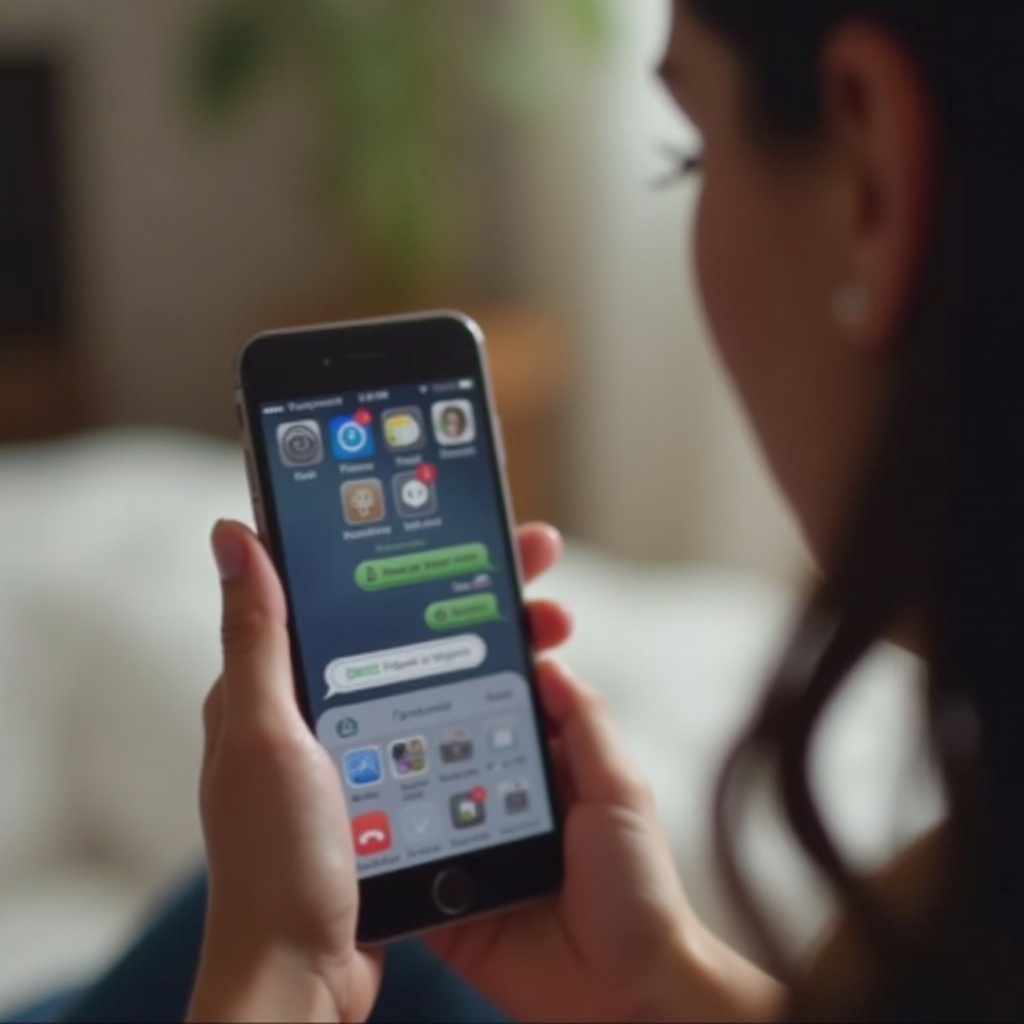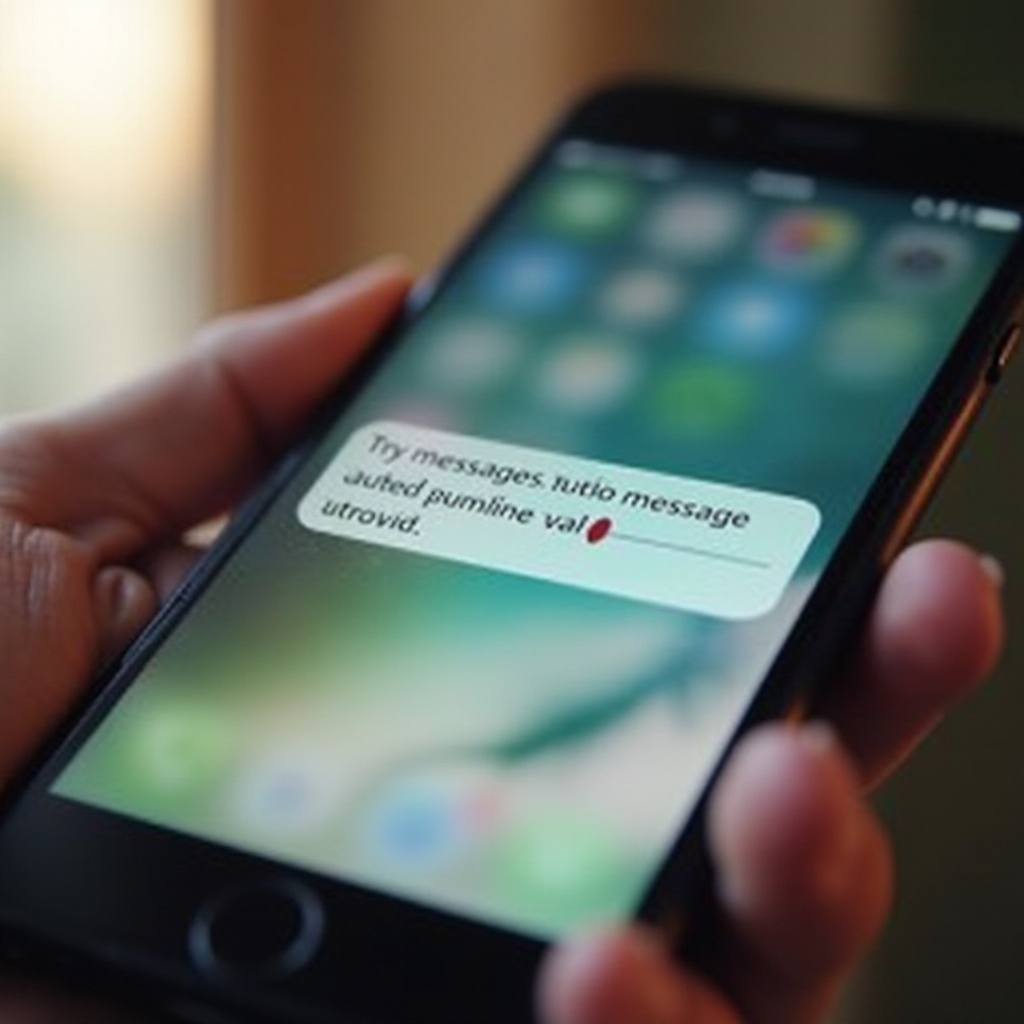Can You Send Audio Messages to Non-iPhone Users?
Introduction
The convenience of audio messages has become increasingly popular, allowing users to convey thoughts, emotions, and information efficiently. However, one common question arises: Can you send audio messages to non-iPhone users? The straightforward answer is yes, but it involves a few extra steps or tools. This article explores various methods, from using third-party apps to non-app-based solutions, ensuring successful cross-platform audio messaging.

Understanding Audio Messages
Audio messages are voice recordings that you send and receive through a messaging service. These messages are particularly useful when the sender wants to convey nuances that text cannot capture or when typing is inconvenient. iPhone users are familiar with the convenience of iMessage’s built-in audio messaging feature, which allows easy and immediate voice communication. However, not all your contacts may be on iPhone, which presents a challenge for seamless audio messaging.
Audio messages serve multiple purposes: they create a personal touch, expedite communication, and can convey complex information more efficiently. The increasing use of smartphones and messaging apps has led to a rise in sending and receiving voice messages across different platforms.
Cross-Platform Communication Challenges
Despite the convenience of audio messages, cross-platform communication brings certain challenges. The main issue arises when different operating systems, like iOS and Android, come into play. Unlike iMessage, which is exclusive to iOS, not all messaging services are available on both platforms. This can make sending audio messages a bit tricky.
Another challenge is the variability in audio file formats supported by different systems. While iPhone primarily uses M4A format for its voice memos, other platforms may use MP3 or other formats, leading to compatibility issues. Ensuring that the recipient can play the file you send requires either converting the format or using a method that transcends these differences.

Using Third-Party Apps
To bridge the gap between different operating systems and ensure your audio message is received and playable, third-party applications provide excellent solutions. Let’s explore some popular ones:
WhatsApp is one of the leading messaging apps with a broad user base across different platforms, including iPhone and Android.
- How to Send:
- Open a chat with your contact.
- Tap the microphone icon and hold it to record your message.
-
Release the microphone button to send the message.
-
Benefits:
- Encryption ensures privacy.
- Easy to use across multiple platforms.
- Allows sending other media types.
Facebook Messenger
Another popular choice, Facebook Messenger integrates seamlessly with Facebook’s ecosystem, including friends lists and contact syncing.
- How to Send:
- Open a chat with the recipient.
- Tap the microphone icon and hold it to record.
-
Release to send the message.
-
Benefits:
- Cross-platform functionality.
- Integration with Facebook accounts.
- Provides other communication options, such as video calls.
Viber
Viber offers a feature-rich platform for messaging that includes audio messages, calls, and more.
- How to Send:
- Open a chat and tap the microphone button.
-
Hold the button to record and release to send.
-
Benefits:
- End-to-end encryption.
- Supports various media types.
- Stickers and other customization options.

Non-App Based Solutions
In cases where app-based communication is not preferable or possible, non-app-based solutions offer alternatives.
Sending an audio message via email involves recording your message and attaching the audio file.
- How to Send:
- Record your message using the phone’s voice recorder.
- Save the audio file.
-
Open your email app, attach the audio file, and send it to the recipient.
-
Benefits:
- Universally accessible.
- Doesn’t require an additional application.
- Flexible regarding file types.
Using Cloud Storage Services
Cloud storage services like Google Drive or Dropbox can offer another avenue for sharing audio messages.
- How to Send:
- Record your message.
- Upload the file to a cloud storage service.
-
Share the link to the file via SMS, email, or any other communication method.
-
Benefits:
- Simple sharing of large files.
- Cross-platform accessibility.
- Access control settings ensure privacy.
Common Issues and Solutions
Even with these solutions, users might encounter issues. Here are some common problems and their solutions:
- File Compatibility:
- Convert audio files to a widely accepted format like MP3.
-
Use apps that handle various formats well, like VLC Player.
-
Network Issues:
-
Ensure a stable internet connection when sending or receiving messages to avoid interruptions.
-
Storage Space:
- Regularly clean up old messages and files to free up space on your device.
- Use cloud storage for archiving.
Conclusion
Sending audio messages to non-iPhone users is certainly possible and not overly complex. Whether through app-based solutions like WhatsApp and Facebook Messenger or non-app methods like email and cloud storage, there are multiple ways to communicate effectively. By understanding the tools and addressing common issues, users can ensure efficient and effective cross-platform audio messaging.
Frequently Asked Questions
Can I send voice messages using regular SMS?
No, traditional SMS does not support voice messages. You’d need to use MMS, which might incur additional charges, or opt for the methods discussed above.
Are there privacy concerns with third-party messaging apps?
Yes, always ensure that the app you choose uses encryption for security and understand their data privacy policies to safeguard your information.
What should I do if the recipient cannot play the audio file?
Ensure the file format is compatible with the recipient’s device. Consider converting the file or suggesting they use a versatile media player like VLC.
